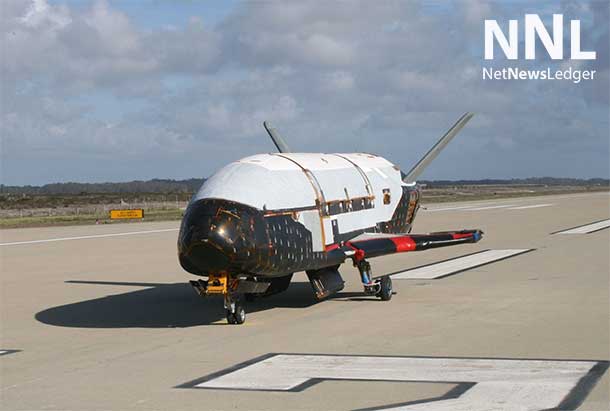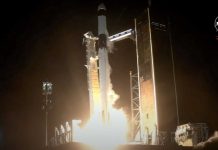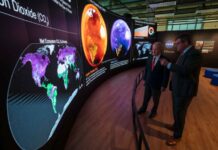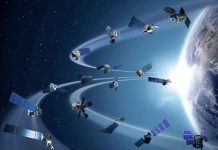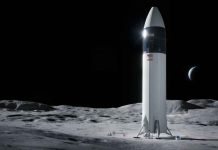X-37B Space Plane Lands in California
VANDENBURG AIR FORCE BASE – The U.S. military landed its X-37B robotic space plane at Vandenberg Air Force Base in central California on Friday (October 17). The landing ended a classified 22-month mission that marked the third in Earth orbit for the experimental program, according to the Air Force.
The X-37B, a 29-foot-long (9-meter) winged craft that resembles a miniature NASA space shuttle, touched down at 9:24AM local time at the coastal air base and launch facility near Lompoc, California, 160 miles (258 km) northwest of Los Angeles.
Also known as the Orbital Test Vehicle, the X-37B was carried into orbit for its latest mission aboard an unmanned Atlas 5 rocket from Cape Canaveral Air Force Station in Florida on Dec. 11, 2012.
The spacecraft conducted top-secret experiments for 674 days while in orbit, marking the lengthiest mission to date for the secretive program, which is managed by the Air Force Rapid Capabilities Office, the Air Force said.
The X-37’s shape is a 120 percent scale derivative of the Air Force’s X-40A, also designed and built by Boeing. The X-40A lacks the X-37’s advanced thermal protection materials, propulsion system, experiment bay and other spacecraft systems. To reduce technical risk before flight-testing the X-37, the X-40A was released from a U.S. Army Chinook helicopter for seven free flight tests in 2001, and it completed each of the seven successfully.
The X-37 government team, led by NASA’s Marshall Space Flight Center in Huntsville, Ala., also includes NASA’s Ames Research Center, Moffet Field, Calif.; Kennedy Space Center, Fla.; Goddard Space Flight Center, Greenbelt, Md.; Langley Research Center, Hampton, Va.; Dryden Flight Research Center and the U.S. Air Force Flight Test Center, both at Edwards Air Force Base, Calif.
The X-37 industry team is led by The Boeing Company of Huntington Beach, Calif. Boeing facilities participating in the program are located in Seattle, St. Louis and Palmdale, Calif.
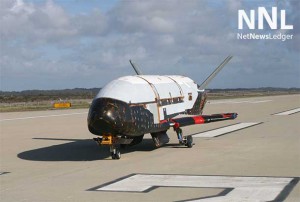
Flight demonstrators, like the X-37, have a critical role in demonstrating technologies that cannot be validated on the ground. NASA is pursuing technologies that will enable the Agency to achieve its goals of establishing safe, reliable, affordable access to space.
The X-37 project is part of NASA’s new innovative business strategy to dramatically reduce the cost of space transportation. For the first time, NASA will be able to readily test and validate new, state-of-the-art space transportation technologies on orbit during the orbital and reentry phase of flight.
The X-37 project office at the Marshall Space Flight Center in Huntsville, Ala., manages the X-37 project for the Orbital Space Plane Program.
VIDEO by Reuters


